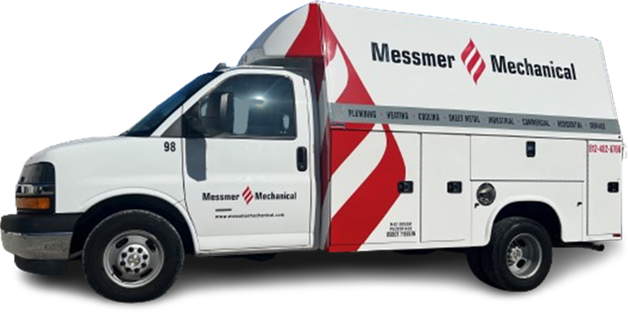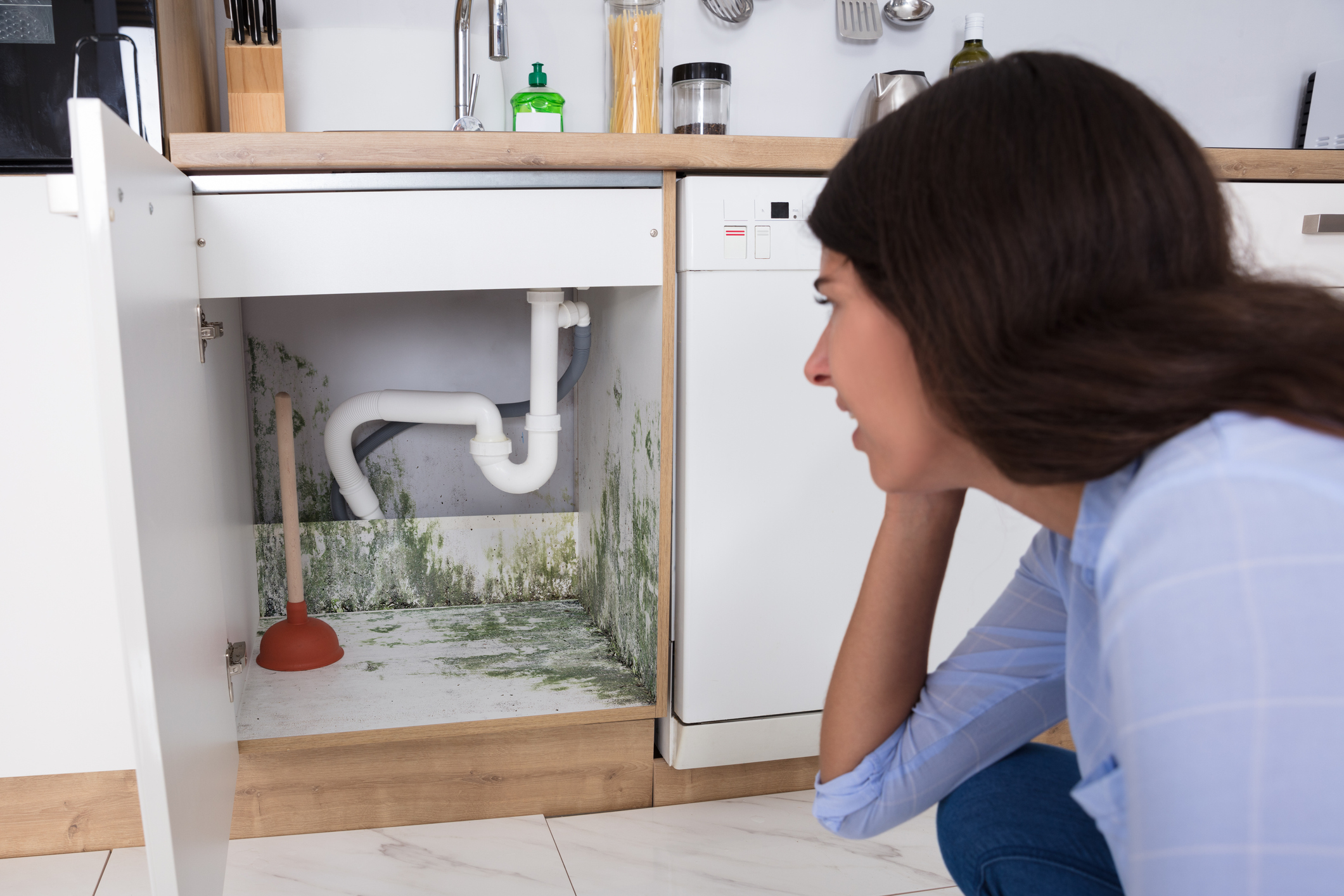Mold and mildew are often used interchangeably, almost as if they were the same substance. They both help natural elements break down so that they can biodegrade. They thrive in damp, dark, poorly ventilated areas. Left unchecked, both can damage your belongings and building materials. And when mold and mildew spores become airborne and inhaled, they can aggravate allergies and asthma symptoms or make you sick.
If you suspect that mold or mildew spores are polluting your indoor air quality, it’s important to act swiftly. Read on to learn the differences between mold and mildew, where to look for them, and how to get rid of them.
Differences Between Mold or Mildew
While mold and mildew are both fungi that need water, oxygen, and food in order to live, they differ in a number of ways. Mold tends to have a higher profile and can even become fuzzy, while mildew is usually flat. Mold exhibits darker colors such as deep green and black, while mildew may begin as white, then turn brown or gray. Mildew is easier to clean, not as invasive, and therefore not as dangerous or insidious as mold. Mildew’s white-gray spots spread outward, not upward, remaining on the surface. Mold eats into its base and sometimes grows upward, making it harder to remove.
How Do They Form?
Mold and mildew develop as a result of excessive moisture in confined spaces. They grow in a wide range of temperatures, with some strains especially thriving at higher temperatures. Mold and mildew need the right conditions for growth: food, water, and oxygen. Increasing or decreasing any of these conditions will cause mold and mildew to either thrive or die. Once spores land on surfaces, they germinate and grow (as early as 24 to 48 hours after a surface has been dampened).
Where to Look for Mold or Mildew
Sometimes, the presence of mold and mildew is obvious, like discolored spots on walls, floors, and on shower and tub surrounds, development of respiratory problems, or exacerbation of existing symptoms. Other times, however, it’s less obvious that there’s a problem at all.
The following are some of the most common areas to check for mold and mildew growth:
- Behind the refrigerator
- Under sinks and around showers and bathtubs
- In ventilation ducts and near HVAC vents
- In crawl spaces
- Behind drywall where plumbing lines are present
- Behind the wallboard around leaking windows
- On the back side of acoustic ceiling tiles
- Behind any drywall that has been affected by a home flood
- Near exhaust fans or recessed lights
- In the wall near the clothes dryer vent
- Under carpeting that has been wet at one time
How to Prevent Mold and Mildew
It’s impossible to prevent mold or mildew spores from entering your home. However, you can stop the factors that help them to thrive by doing the following:
- Keep things clean.
- Increase ventilation in the affected area.
- Install dehumidifiers to reduce humidity.
- Ensure that sources of natural ventilation such as windows remain open.
- Make sure that HVAC vents remain open and unblocked.
- Check that clothes dryers vents are clean and securely attached.
- Eliminate any water leaks or sources of water intrusion.
And that’s where we come in. Messmer Mechanical – your complete resource for total home comfort. From plumbing and leak repairs to a variety of indoor air quality solutions, we’re ready to make your home a healthier and more comfortable living environment. Contact us today to learn more or schedule service.





